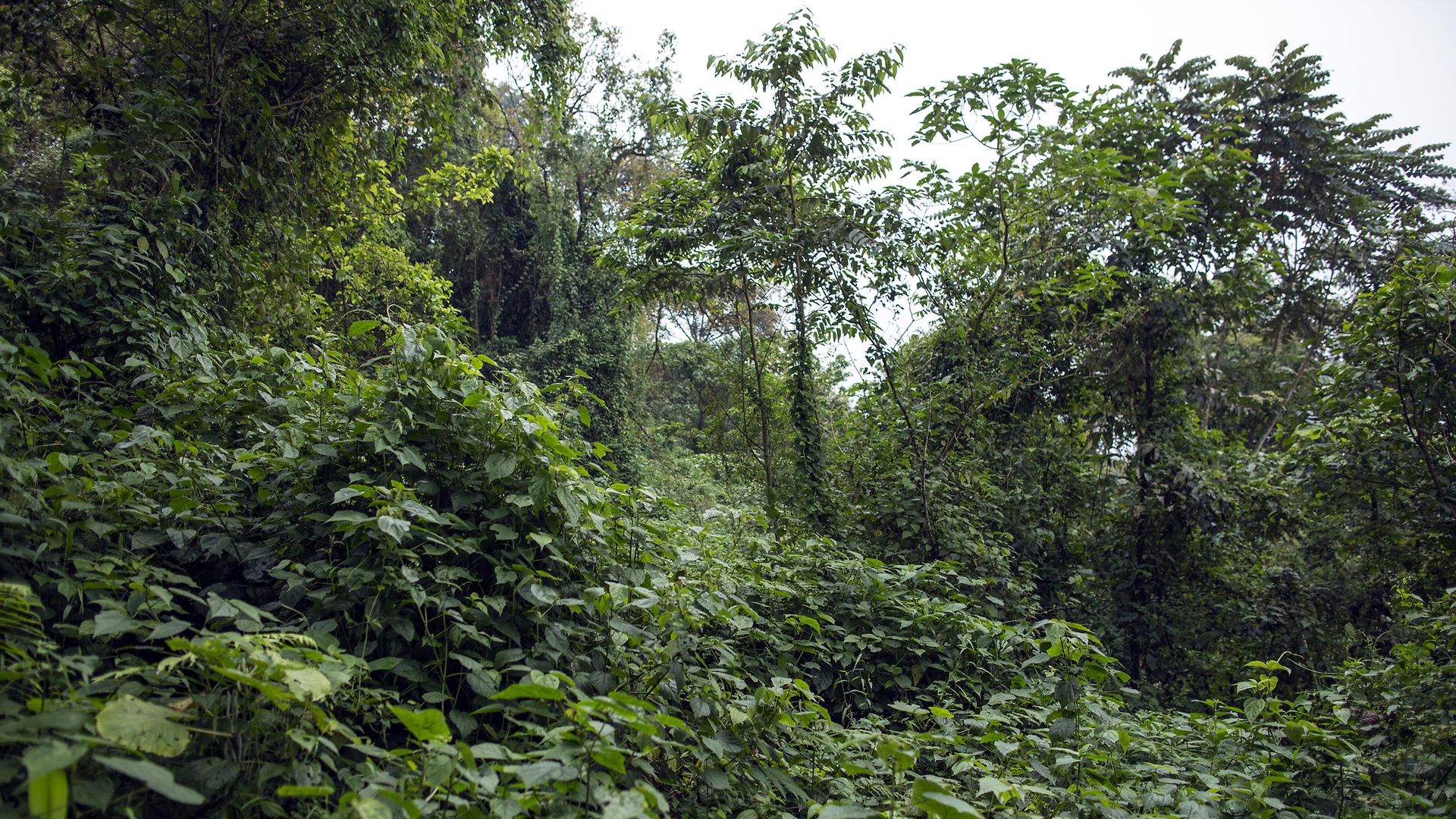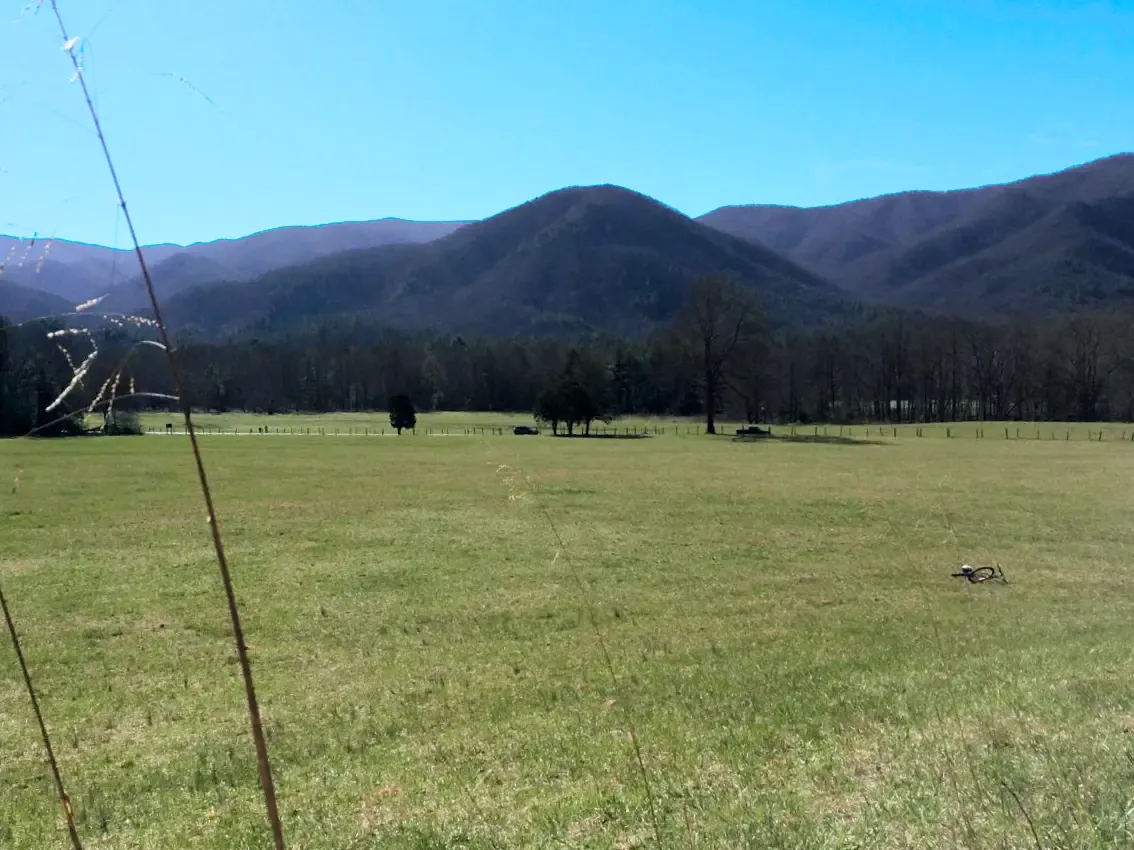![Trail crew taking a break]() A trail crew takes a breather after laboring on the Ramsey Cascades Trail in Great Smoky Mountains National Park. Crew members and park officials formally opened the rehabilitated trail this week after three years of work. National Park Service
A trail crew takes a breather after laboring on the Ramsey Cascades Trail in Great Smoky Mountains National Park. Crew members and park officials formally opened the rehabilitated trail this week after three years of work. National Park Service
Radically enhanced Ramsey Cascades Trail leads to national park’s highest waterfall
Dave Barak is a public affairs specialist with the National Park Service.
GATLINBURG — In collaboration with Friends of the Smokies, the National Park Service (NPS) completed a three-year restoration of the Ramsey Cascades Trail in Great Smoky Mountains National Park. Located in the Greenbrier area, this popular trail ascends through beautiful hardwood forests to the 105-foot Ramsey Cascades, the tallest waterfall in the park. The trail is now open seven days a week following an extensive reconstruction and rehabilitation.
The NPS and Friends of the Smokies celebrated the milestone at the Ramsey Cascades trailhead. Following remarks and a ribbon-cutting, several participants hiked the newly restored trail together.
Improvements to the Ramsey Cascades Trail include:
— Two new footlog bridges.
— New decking and handrails on a 20-foot hiker bridge.
— 151 trail drains.
— More than 600 new steps for hiker safety and erosion control.
— Regrading of 2.5 miles of trail surface for improved safety and better trail drainage.
— Removal of tripping hazards, including roots and rocks.
— Pruning of overgrown vegetation in the trail corridor to improve the hiking experience and allow the trail to better dry.
Throughout this rehabilitation, the NPS restored Ramsey Cascades — with the original trail design in mind — in a way that blends in with the natural landscape. Trail crew members used natural materials and hand tools and transported most tools and equipment by hand or pack mule. A helicopter delivered several loads to five drop sites that the mule team could not access. The trail crew used 1,200 black locust logs and 760,000 pounds of rock crush for fill for this rehabilitation.
![Deploying 1,200 logs. Back-breaking labor!]() Crews had to carry many materials and tools to the site by hand or mule. National Park Service
Crews had to carry many materials and tools to the site by hand or mule. National Park Service
“Trails Forever is an excellent example of the collaborative partnership between Great Smoky Mountains National Park and Friends of the Smokies,” said Boone Vandzura, Acting Deputy Superintendent. “Together we’ve preserved and rehabilitated trails that enhance the recreational experience of millions of visitors.”

























